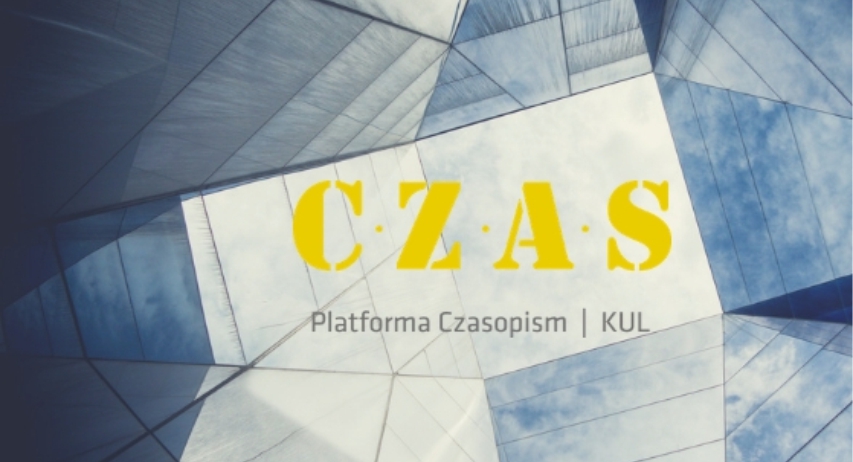Methodology for conducting linguistic research into visual impairment: Challenges and recommendations
Jolanta Sak-Wernicka
John Paul II Catholic University of Lublin , Polandhttps://orcid.org/0000-0002-8548-5873
Abstract
Despite great value of research into visual impairment (VI), there is a dearth of empirical studies in linguistics investigating the extent to which the sense of seeing impacts language development, processing and production. The lack of methodological rigour in previous studies as well as large diversity of the population, small incidence of visual impairment and little awareness of blind people’s needs make this field of study challenging for researchers. This article presents and discusses the most challenging aspects of performing experimental studies in the field of VI. The overarching aim of this paper is to guide good research practice which ensures robust and unbiased experimental design and at the same time respects individuality of people with VI.
Keywords:
methodology, linguistics, research, visual impaimentReferences
Andersen ES, Dunlea A, Kekelis LS. 1984. Blind children's language: resolving some differences. Journal of Child Language 11(3): 645-64. (Crossref)
Bedny, M., Pascual-Leone, A. and Saxe, R. R. 2009. Growing up blind does not change the neural bases of Theory of Mind. PNAS 106(27): 11312-11317. (Crossref)
Dekker, R., and Koole, F. D. 1992. Visually impaired children's visual characteristics and intelligence. Developmental Medicine & Child Neurology 34(2): 123-133. (Crossref)
Duckett, P. S. and Pratt, R. 2001. The Researched Opinions on Research: Visually impaired people and visual impairment research. Disability & Society 16(6): 815-835. (Crossref)
Dunlea, A. (1989) Vision and the emergence of meaning: blind and sighted children’s early language. Cambridge: Cambridge University Press. (Crossref)
Dunlea A and Andersen E S 1992. The emergence process: conceptual and linguistic influences on morphological development. First Language 12: 95–115 (Crossref)
Edman, P. K. 1992. Tactile graphics. New York: AFB.
Finello, K.M., Hanson, N.H. and Kekelis, L.S. 1992. Cognitive Focus; Developing Cognition, Concepts and language in Young Blind and Visually Impaired Children. In R.L. Pogrund, D.L. Fazzi and J.S. Lampert (eds.) Early Focus: Working with Young Blind and Visually Impaired Children and Their Families, 34-49. New York: AFB.
Huber, E., Chang, K., Alvarez, I., Hundle, A., Bridge, H., and Fine, I. 2019. Early Blindness Shapes Cortical Representations of Auditory Frequency within Auditory Cortex. Journal of Neuroscience 39(26): 5143-5152 (Crossref)
Iverson, J. M., Tencer, H. L., Lany, J., and Goldin-Meadow, S. 2000. The relation between gesture and speech in congenitally blind and sighted language-learners. Journal of Nonverbal Behavior 24: 105–130. (Crossref)
Jęczeń U. 2023. Conceptualization of colours in the language of congenitally blind persons and the ones who became blind in the early stage of development. Logopedia Silesiana 11(2): 1-35. (Crossref)
Kaczorowska-Bray, K., Milewski, S. 2022. Specyfika rozwoju umiejętności komunikacyjnych dzieci z uszkodzeniem narządu wzroku. Logopedia 51(2): 77-95.
Khorrami-Nejad M, Sarabandi A, Akbari MR, Askarizadeh F. 2016. The Impact of Visual Impairment on Quality of Life. Med Hypothesis Discov Innov Ophthalmol. 5(3): 96-103.
Kekelis, L.S. and Andersen, E.S. 1984. Family communication styles and language development. Journal of Visual Impairment and Blindness 78(2): 54–65. (Crossref)
Krakowiak, K. 2017. Diagnoza specjalnych potrzeb rozwojowych i edukacyjnych dzieci i młodzieży: standardy, wytyczne oraz wskazówki do przygotowania i adaptacji narzędzi diagnostycznych dla dzieci i młodzieży z wybranymi specjalnymi potrzebami rozwojowymi i edukacyjnymi: praca zbiorowa. Ośrodek Rozwoju Edukacji.
Landau, B. and Gleitman, L. R. 1985. Language and experience: Evidence from the blind child. Cambridge, MA: Harvard University Press.
McConachie, H.R. and Moore, Y. 1994. Early expressive language of severely visually impaired children. Developmental Medicine and Child Neurology 36: 230–240. (Crossref)
Mills, A. 1983. Acquisition of speech sounds in the visually handicapped child. In A. Mills (ed.), Language Acquisition in the Blind Child, Croom Helm, London.
Norgate, S.H. 1997. Research methods for studying the language of blind children. In N.H. Hornberger and D. Corson (eds.) Research methods in language and education, 165-174. Dordrecht: Kluwer Academic Publishers. (Crossref)
Perez-Pereira, M. 2006. Language Development in Blind Children. In K. Brown (ed.) Encyclopedia of Language & Linguistics (2nd edition, volume 6), 357-361. Oxford: Elsevier. (Crossref)
Perez-Pereira, M. and Conti-Ramsden, G. 1999. Language development and social interaction in blind children. Hove: Psychology Press Ltd.
Rokach, A., Berman, D. and Rose, A. 2021. Loneliness of the Blind and the Visually Impaired. Front. Psychol. 12: 641711. (Crossref)
Sak-Wernicka, J. 2023. Do Blind People Need Gestures to Communicate Effectively? Roczniki Humanistyczne LXXI(10): 125-140. (Crossref)
Warren, D.H. 1994. Blindness and children: an individual approach. Cambridge: Cambridge University Press. (Crossref)
Wilson, R.B. 1985. The Emergence of Semantics of Tense and Aspect in the Language of a Visually Impaired Child, Unpublished DPhil doctoral dissertation, University of Hawaii.
John Paul II Catholic University of Lublin https://orcid.org/0000-0002-8548-5873







